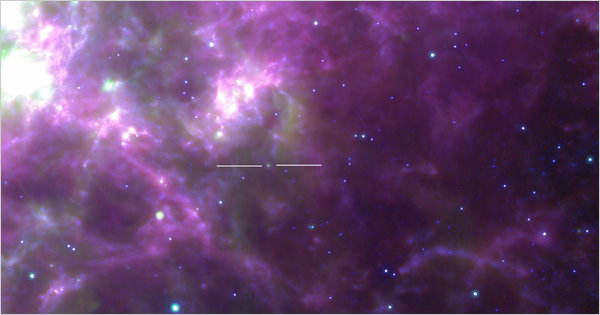
Now, with the aid of the European Space Association's powerful Herschel Space Observatory, astronomers have been able to detect massive amounts of cosmic dust emitted from a supernova almost 25 years ago.
"We are looking at the sky at wavelengths that have never been observed before," said Mikako Matsuura, an astronomer at University College London and the study's lead author.
She and her colleagues report their findings in the journal Science.
The supernova occurred in 1987 in a small galaxy known as the Large Magellanic Cloud, about 160,000 light-years away. It occurred when an aging star's core collapsed, creating a violent explosion visible to the naked eye from Earth.
Light from the supernova highlighted a giant ring of material more than six million miles long.
Herschel, which was sent into orbit in 2009, was able to detect very cold dust particles in the ring. The dust in the center of the star's remains is about minus 420 degrees Fahrenheit, Dr. Matsuura said.
She and her team reported that the explosion generated enough cold dust to form more than 200,000 Earths. Such explosions are enough, they believe, to create the large clouds of dust seen in young galaxies.
By studying this dust using Herschel and other telescopes, the researchers hope to better understand how galaxies, including the Milky Way, are formed.
"Planets are made from interstellar dust, and so are all creatures on planets," said Michael Barlow, another astronomer at University College London and a co-author of the study. "We are made of interstellar dust, ultimately."



Reader Comments
to our Newsletter